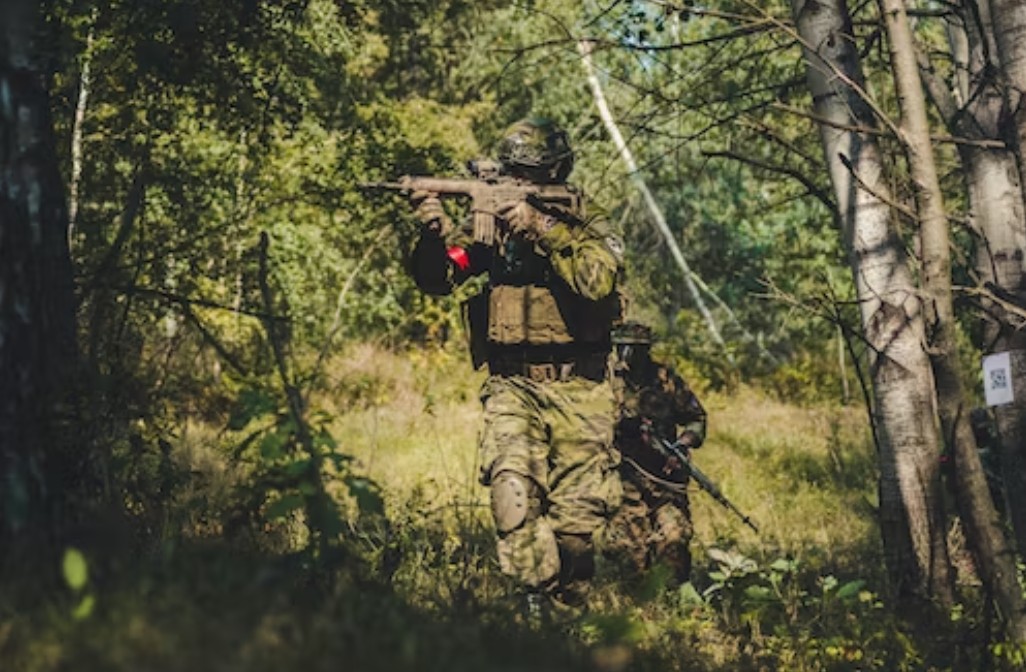Did you know that some studies have shown that people with colorblindness are more likely to be in the military? It’s true! Colorblindness is a common condition that can affect anyone on the planet — even people who aren’t planning to enter the combat.
This article will specifically address the military perspective of adapting a colorblind combatant into an effective and lethal operator, with tactical strategies to accommodate for red-green color vision deficiencies. The ultimate goal is for individuals with red-green color vision deficiencies to be able to detect camouflaged targets faster and more accurately than their peers.
Historical roles of colorblind in combat
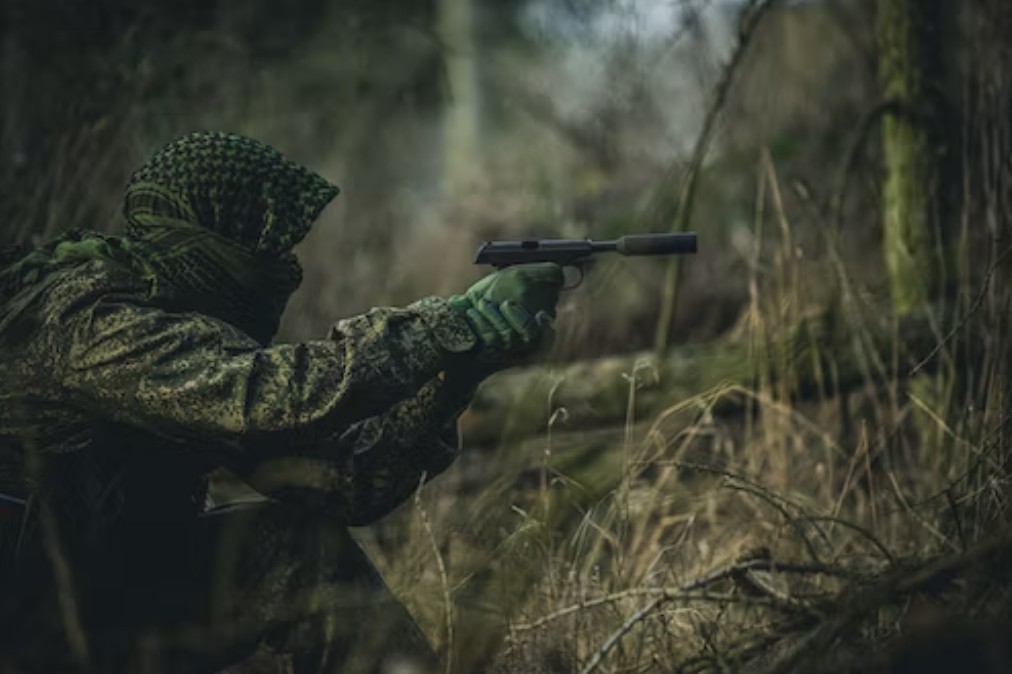
In 1775, during the American Revolution, a man named William Sayre joined the Continental Army as a drummer. He was later promoted to lieutenant, but his promotion was denied because he was colorblind. Sayre then became the first known person to be rejected from military service due to colorblindness.
In 1812, Francis Scott Key wrote “The Star Spangled Banner” while watching the Battle of Fort McHenry. Due to his poor eyesight, Key couldn’t distinguish between red and white rockets being fired by British ships at night. However, he could see that they were firing on American troops and continued writing what would become one of our nation’s most famous songs.
In 1848, President Zachary Taylor banned people with vision problems from serving in the military due to concerns about their ability to see colors and distinguish between enemy soldiers and allies on the battlefield. This ban remained until 1976 when President Gerald Ford lifted it for those who had corrected vision problems or whose colorblindness was not severe enough to impact their ability to perform their duties effectively in combat situations.
Implications and regulations of colorblindness in the military
In the United States, there are no regulations that require the military to be colorblind. However, there are laws that prohibit discrimination against people based on race and ethnicity. The military has been working hard to ensure that all of its members are treated equally and fairly.
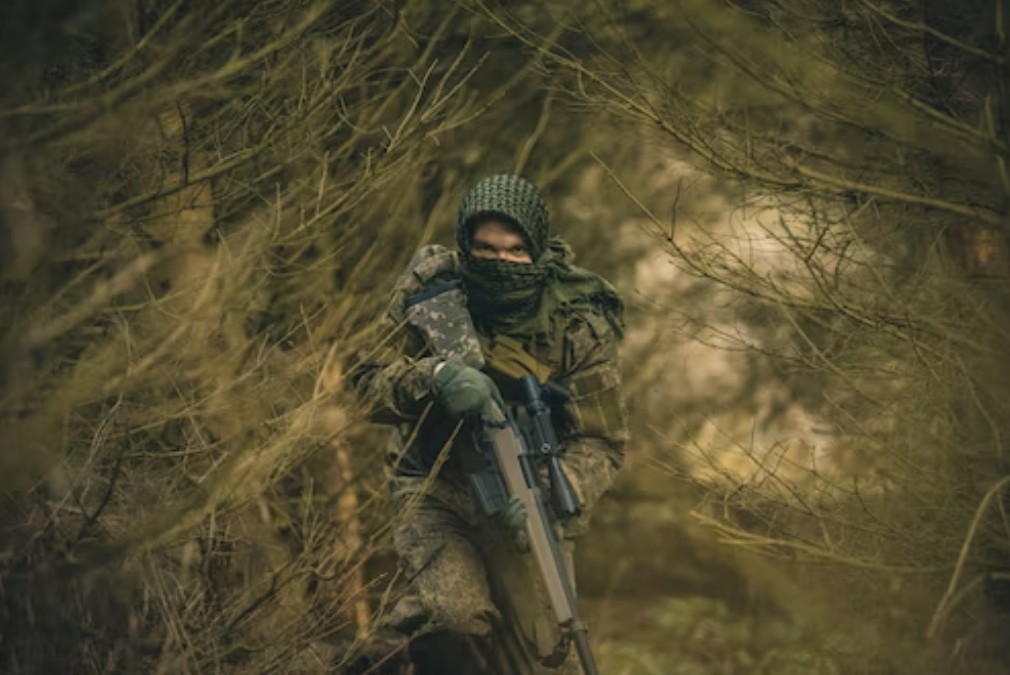
One example of this is the Department of Defense Diversity and Inclusion Strategy, which was published in 2016. This strategy promotes diversity and inclusion as a way of improving mission effectiveness, strengthening our armed forces, and enhancing our ability to meet national defense objectives.
Another example is the DoD’s Equal Opportunity Program (EOP), which provides equal opportunity for all service members without regard to race, color, religion or national origin in all aspects of personnel management.
The EOP ensures that all service members have an equal opportunity for advancement regardless of race or ethnicity by making sure that promotion boards take into consideration the needs of minority groups when making promotion decisions.
Colorblindness: A Valuable Combat Advantage
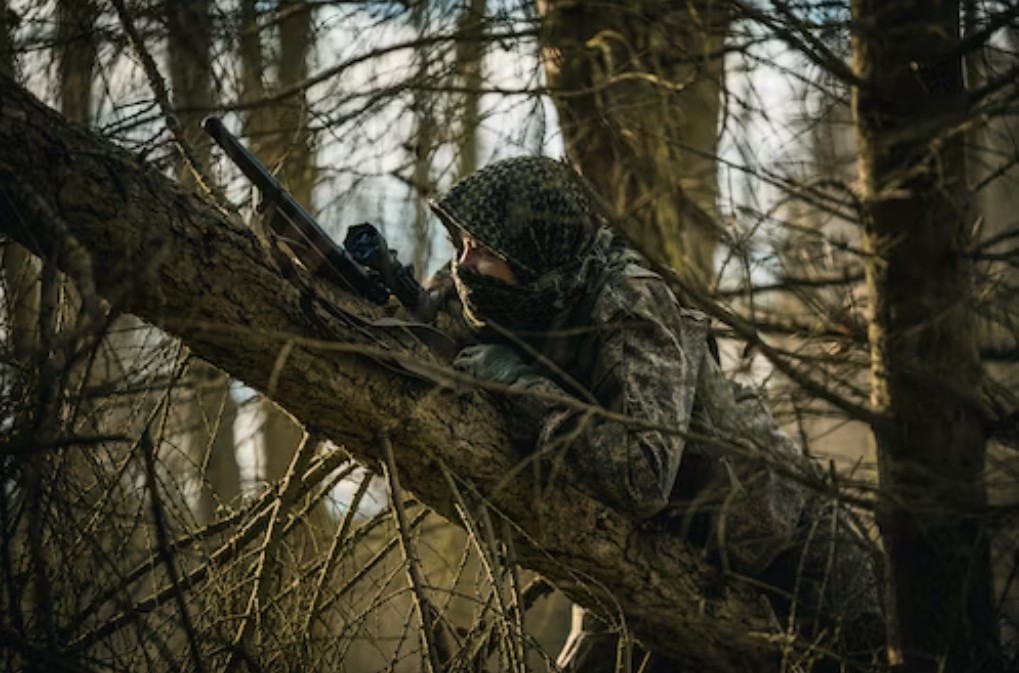
Combat scenarios provide an excellent example of how colorblindness can be a benefit. In the military, colorblind people are often given the task of spotting targets and objects on the battlefield. This is because they have a better ability to see shades of gray compared to those with normal color vision.
Colorblind soldiers will have an advantage in combat situations where they are required to spot camouflaged targets as well as obstacles on the ground that may be difficult for someone with normal color vision to recognize.
Another unique advantage that colorblind people possess is their ability to detect contrasts in colors when it comes to camouflage patterns. For example, a person who is red-green color blind would be able to see through green camouflage patterns easily because they would not be able to distinguish between green and brown colors.Advantages of Colorblindness in Combat.
In 2012, a study published in the Journal of Vision examined the visual abilities of colorblind pilots. The researchers found that while most pilots are able to accurately identify aircraft using visual cues such as shape, size and speed, they struggle with identifying them by their color alone. Colorblind pilots were found to be more accurate at correctly identifying friendly aircraft than non-colorblind pilots.
Strategies for colorblind people in combat
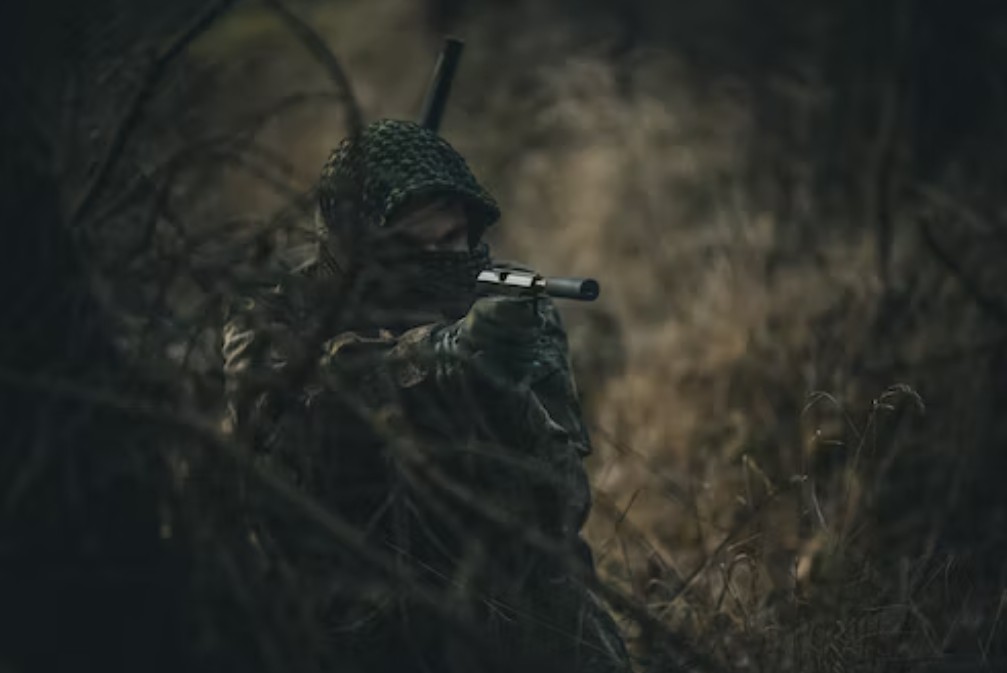
There are a number of strategies that can be used to help colorblind individuals perform in combat. These include:
Wearing colorblind contact lenses. In a study published in Optometry and Vision Science, researchers examined the effects of wearing colorblind contact lenses on performance on a visual target detection task. They found that using the contacts improved performance in people with red-green colorblindness compared with glasses. The contacts also helped prevent errors in identifying colored dots on a screen (e.g., when two adjacent dots were different colors).
This suggests that wearing the contacts may help reduce some confusion about identifying objects in camouflage gear or other situations where camouflage colors are important.
Use of high contrast targets. This is especially important when firing at night, as the enemy and friendly forces will often be wearing similar colors.
Use of tracers or other visible projectiles. This allows the user to see where their shots are going, even if they do not see the impact puffs or strikes on the target.
Increase use of illumination devices such as flashlights and lasers to aid aiming at night or in low light conditions such as those found indoors.
Use of night vision equipment when available; however it should be remembered that this equipment is extremely expensive and may not be available to everyone on the team.
Use camouflage wisely. Camouflage is more than just a pattern on your clothing and gear. It’s also about making yourself blend into the environment around you. For example, if you’re on a green field and want to hide yourself from an enemy who is looking for a target in uniform, try crouching down and laying flat on your stomach so that you blend with the grass. If you’re in a forest and want to hide from an enemy aircraft or drone, stand up tall against the trees so that your silhouette doesn’t show up against them.
Use cover wisely. Cover can be anything from large rocks to a dirt mound to even a vehicle or building if it provides enough protection from enemy fire. If possible, use cover that is high enough above ground level that it creates a barrier between yourself and incoming bullets or shrapnel from explosions (or even artillery shells). However, remember that some types of cover are better than others and may not provide protection against all types of weapons fire or explosives
use sound as a guide. This is especially true when firing weapons like rifles and machine guns because these have distinct sounds that make them easily identifiable by both sides. For example, if you hear an AK47 firing from an enemy position then you know that someone else is there so you should avoid going near it until reinforcements arrive or until it stops firing (whichever comes first).
Finally, remember that colorblindness doesn’t affect hearing or smell so those senses can still be used
Conclusion
Whether or not a serviceman has colorblindness, this story is an example of utilizing the strengths of a condition in order to succeed. The goal here is not to convince those who are already colorblind that their condition can be a gift rather than a curse. This is for individuals who do not have colorblindness and want to learn how to use their sight to their advantage both on and off the battlefield.

